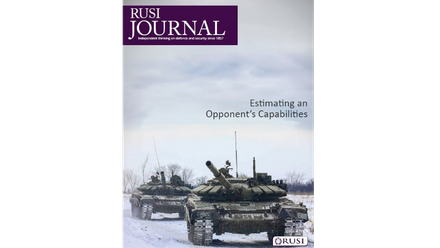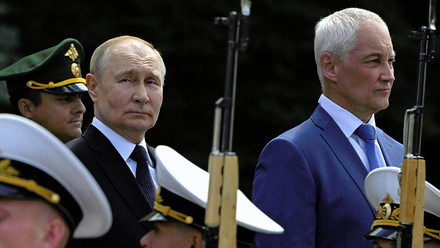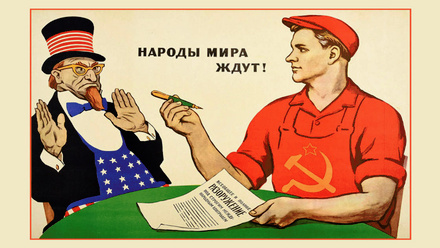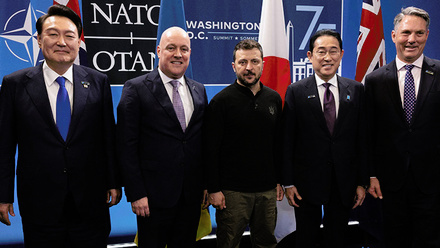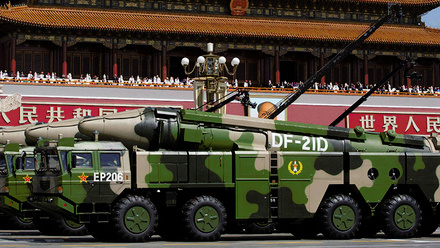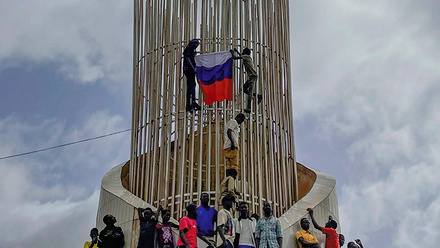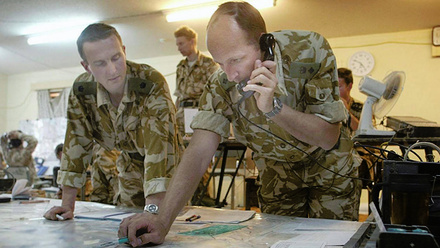Editor's Note
Among the many questions raised by the Russo-Ukrainian war is the ability of either side to produce and deploy weapons and equipment at pace. In the case of Russia, the state of its defence industry and its ability to sustain production over the long term remain crucial unknowns, especially in the face of Western sanctions and their impact on the Russian economy. However, analysts can only access a limited amount of information about Russian defence production. Far from being a new problem, however, scholars have a long tradition of trying to accurately gauge the size and production capability of the Russian defence industry, which dates back to Soviet times. Julian Cooper builds on this long line of expertise to offer a detailed study of current Russian production capacity, based on a careful estimate of a range of available sources, and highlights that, rather than having switched to a war economy, Vladimir Putin has moved his country to ‘an economy adapted to war’. Meanwhile, Anand Toprani argues that the historical legacy of studying Soviet defence production can also be used as a salutary precedent when trying to assess how China, one of the US’ main great power rivals, is using its defence budget. He highlights how today’s debates should take heed of the mistakes made during the Cold War, looking back at successes and failures in estimating Soviet defence spending and at how wrong estimates could be used to drive an inappropriate response in Washington and among its allies.
Building on the strategic imperatives of an emerging confrontation with China, Peter Olive discusses what role NATO could play in providing deterrence in the Indo-Pacific, while maintaining its primary focus closer to home on the Russian threat. Should there be a confrontation in the Indo-Pacific, maritime power is likely to play a key role. Richard Dunley analyses how the role of navies is likely to change in a world were sophisticated technologies for anti-access/area denial are becoming more accessible, and what this means for the relationship between sea and land power in future conflicts. The confrontation between the West and those who challenge the status quo runs through a range of security relationships and equilibria across the world: Jack Watling and Nina Wilén discuss how governments of states in the Sahel are turning away from security partnerships with the West in favour of aligning with actors such as Russia, and examine the dynamics at the root of this shift.
Finally, Alexander Kohli looks at the role of leadership and command and finds that, technological advancements notwithstanding, the physical place of a commander remains critical to successful communication in the field.
Dr Emma De Angelis
Editor, RUSI Journal

